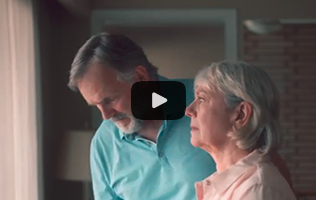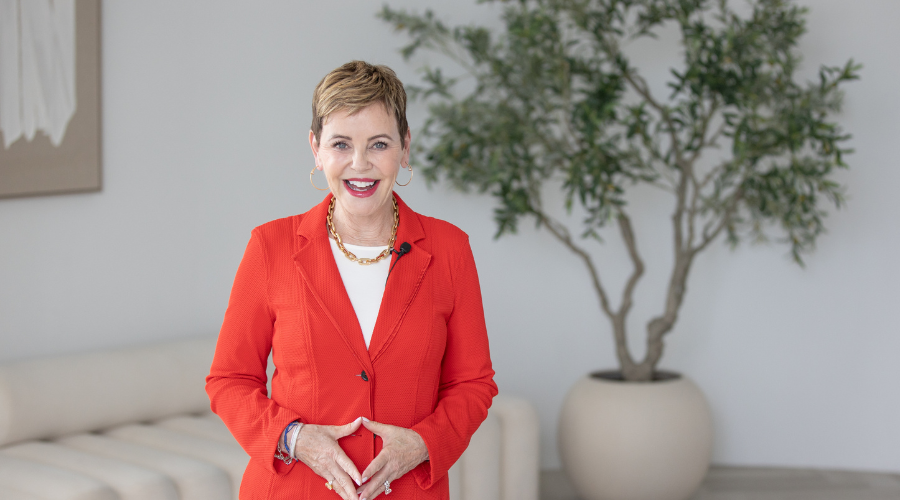What does it mean to grow old in Canada? How much has the profile of older Canadians changed in recent years and what are the strategies and habits to make the journey more enjoyable and life-enhancing?
For National Seniors’ Day, I asked these questions to Nancy Beddoe, manager of Adult and Seniors Services for Recreation and Culture in the town of Oakville. Ms. Beddoe, who is retiring in seven weeks, after 28 years with Oakville, graciously agreed to share her insights into senior life with me.
We met in her office at the Sir John Colborne Seniors Centre, a stone’s throw from my home in Bronte Village, at the southwest corner of Oakville. This Centre opened in I991, the same year Beddoe began working for the town. There are four other locations in Oakville devoted entirely to the city’s older population, which is growing at a fast pace in the Halton Region.
“Ninety is the new seventy,” is the first observation Beddoe shared with me.
According to Beddoe, “what hasn’t changed is people remain hesitant to walk in the front door,” as though there is some stigma to be attached to a Seniors’ Centre. Although Colborne Centre has 3,200 members, three-quarters are women. Men remain in the minority. Thirty years ago, the Centre was populated by “a lot of widows. The pace was slower,” Beddoe admits. “Today everyone is in a great hurry.”
Yet, the primary focus of Beddoes’s work has stayed the same over the years, and that is to connect older people with others, to ward off isolation, and to give participants the opportunity to engage in activities that work their bodies and their minds. A myriad of exercise and fitness classes are offered, language classes, computer programs, art and painting. There are day trips, workshops with guest speakers. There is something for everyone including cards, games, and pickle ball, which is extremely popular.
“Expectations are higher these days than they were 30 years ago,” Beddoe explains. “Today we have people who are looking after their parents or their grandkids. Our members are more outspoken and demand attention.” Two to three hundred people visit the Colborne Centre each day.
Most of the members are homeowners who drive themselves to the Centre. Everyone I saw at the Centre was engaging with other people. No one was sitting alone. Most everyone was animated and busy. I observed a large group of older adults finding companionship and community for a reasonable cost. There are even drop-in events costing only $1.00. Some people visit the Centre five days a week; some stay for the entire day, enjoying lunch at the cafeteria staffed by volunteers working in the full kitchen.
Of course, there are other choices for older adults in this community and across the country, and one that attracts a lot of attention is moving into an assisted living facility. My husband and I have talked about it frequently, imagining when we can’t manage the three flights of stairs in our house, we’d move into assisted living.
A recent column in the New York Times, “How Not to Grow Old in America by University of California, Berkeley professor and author, Geeta Anand, has disabused us of that popular notion. “Assisted living seems like the solution to everyone’s worries about old age. It’s built on the dream that we can grow old while being self-reliant, she says. “The assisted living industry has a financial interest in sustaining a belief in this old-age nirvana.”
I must admit that’s exactly what my husband and I dreamed about, until recently: old age nirvana. The fact is that assisted living is great if you don’t need much assistance. When a friend’s mom, who lives in an expensive facility fell ill last winter, there wasn’t any support for her increased needs, which necessitated intervention by her children. Luckily, she improved.
“Assisted living organizations put their money into the physical plant. It’s gorgeous,” says Cristina Flores, a former home health care nurse who has a Ph.D in nursing health policy. But when it comes to direct care, the facilities are often lacking. She explains, “the way they market everything is, it’s all about autonomy and independence…Families and residents don’t realize that these facilities are not designed to provide more than minimal help and monitoring.”
I should remember, but for decades I’ve pushed these facts from my mind. Twenty years ago, before my mother passed, she was diagnosed with dementia. At the time, she was set up in assisted living accommodations, a pleasant, well-outfitted facility with a decent dining room, a visiting hairdresser and daily activities. The trouble was, as my mother’s memory deteriorated, she found herself mostly alone in her room until the manager of the facility asked her to leave. She was transferred to a nursing home where memory care was not part of the service.
The choices for older Canadians are stark, but staying physically and socially active in a neighbourhood environment is not an impossible goal. Anyone who walks through the door of the Colborne Centre is welcomed into this community. Along with that are government and private health care services that support those who decide to remain in their own homes. The level of home care can be impressive.
My husband plays snooker at the Colborne Centre as often as he can. Before taking a full-time job last year, he visited almost every morning. Although he’s an avid snooker player, I believe it was the companionship that he enjoyed as much as the game. Today the friendships made around the snooker table spill into his social life and have been solidified so much so that he identifies strongly with our Bronte community.
As I was leaving, Nancy Beddoe offered some suggestions for what I might enjoy if I joined the Centre. She was right on the mark, and today I’m going to see if there’s room for me in one or two of its classes.































